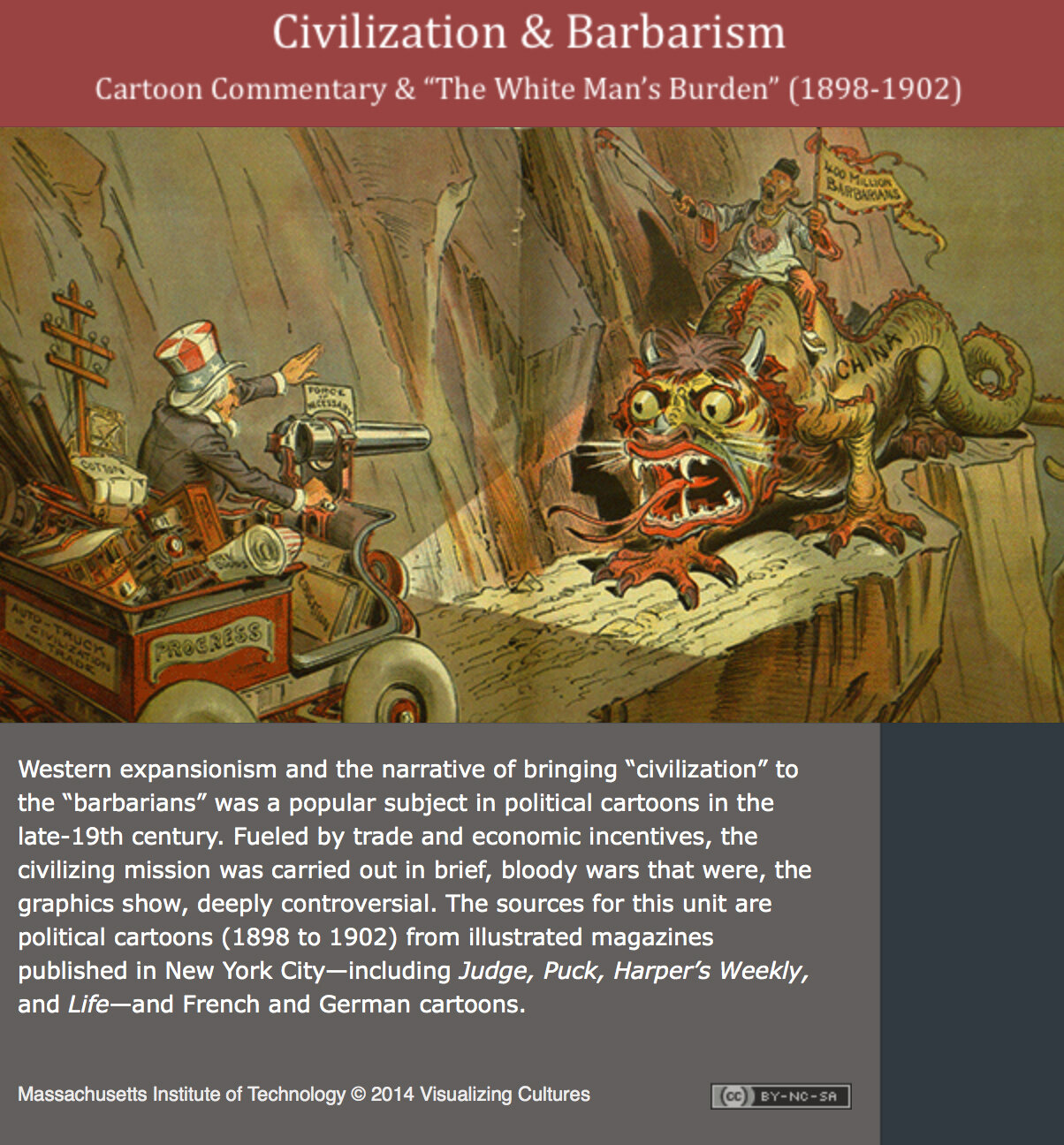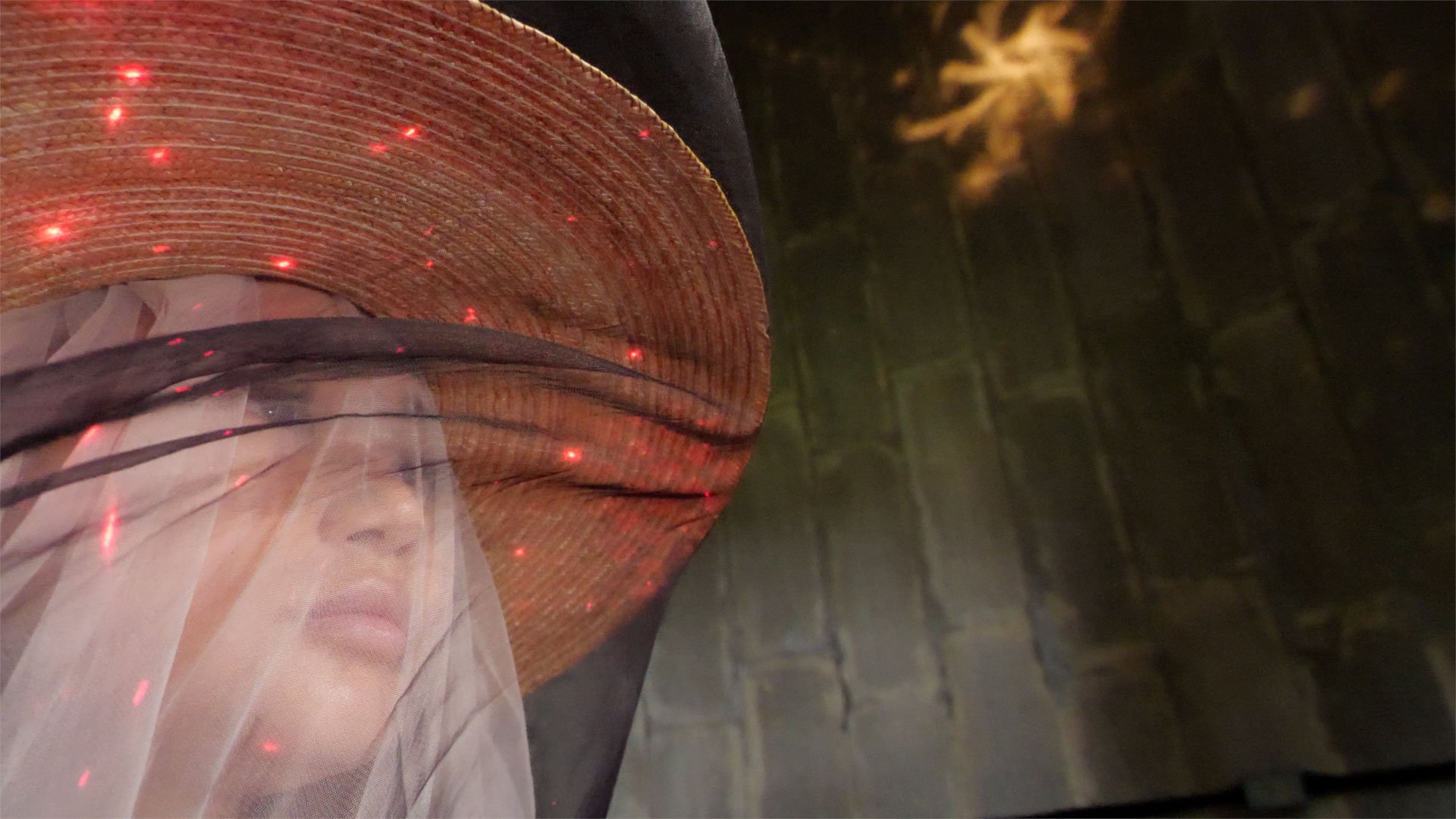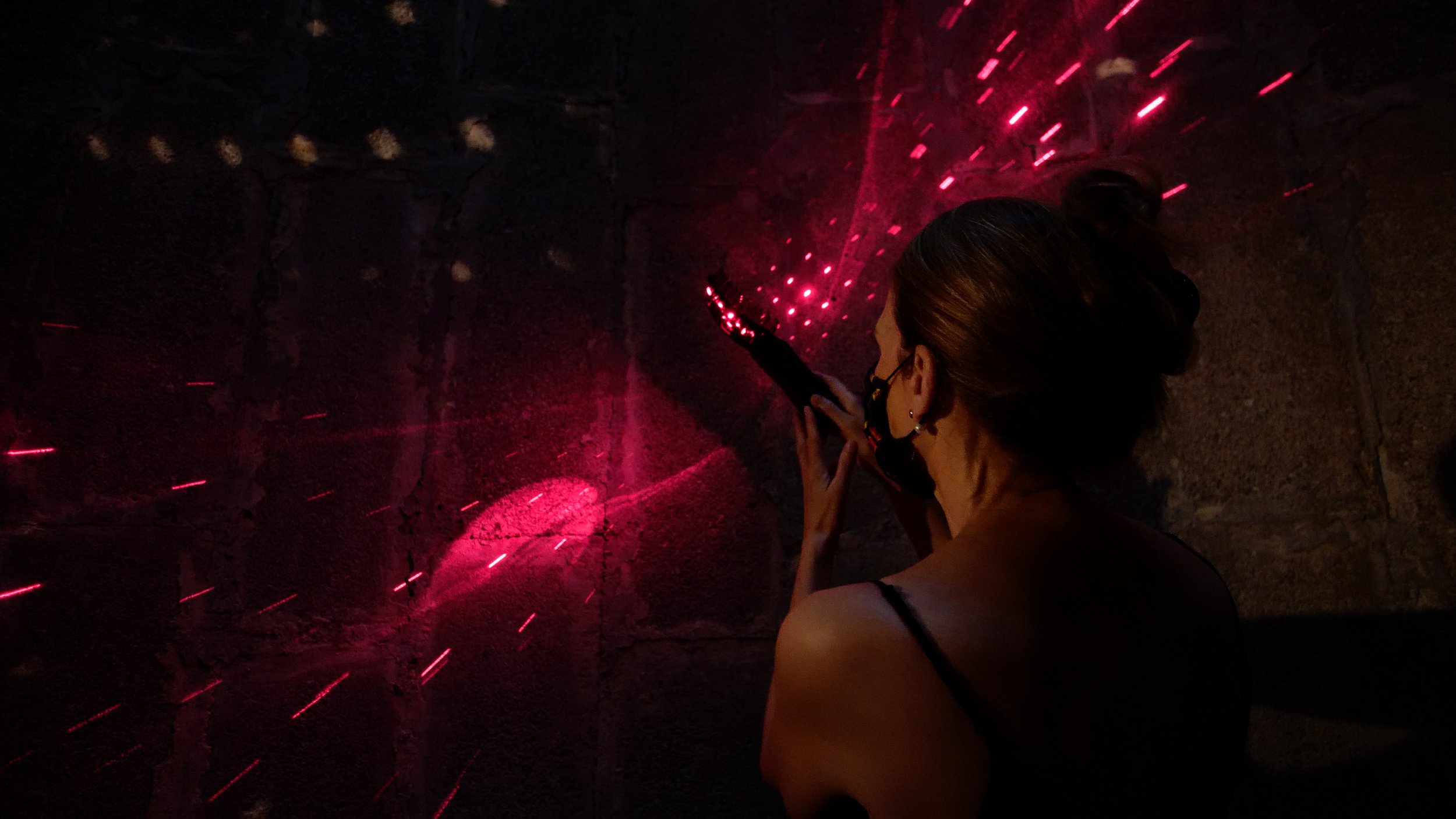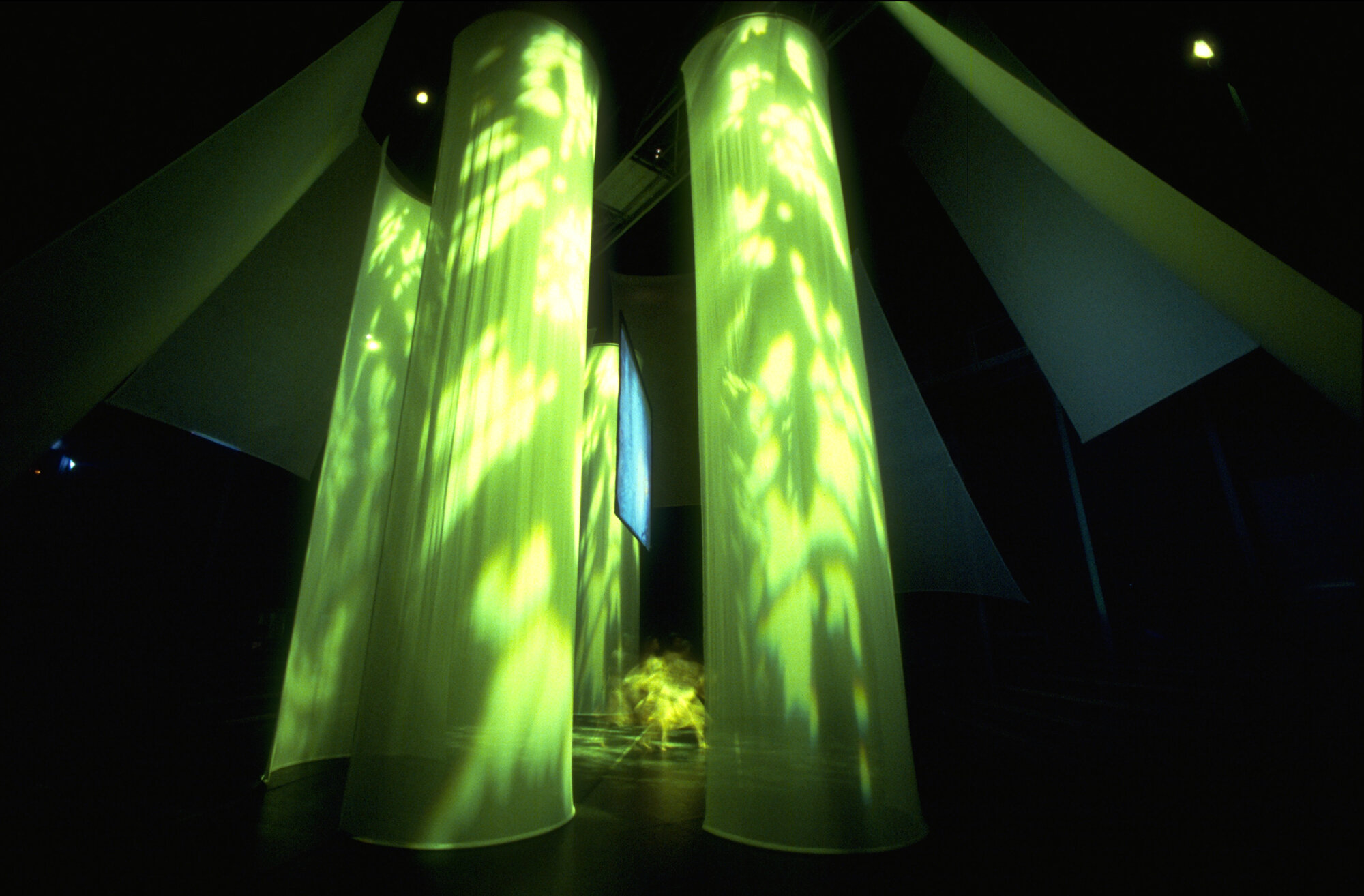
Ellen Sebring, PhD, is an artist, designer, and new media researcher. She has been Creative Director of the MIT Visualizing Cultures project since its founding in 2002. She was a Fellow at the Center for Advanced Visual Studies (CAVS) at MIT, and Post-Doctoral Associate at Duke University. In the late 1990s, she was President of Botticelli Interactive. Sebring earned the SMVisS degree at the Massachusetts Institute of Technology, and the PhD at the Centre for Advanced Inquiry in the Integrative Arts (CAiiA) at Plymouth University in the UK.
cv (pdf) | bio (pdf)








Centerbook
The Center for Advanced Visual Studies and the Evolution of Art-Science-Technology at MIT
The first history of MIT’s Center for Advanced Visual Studies (CAVS) was co-authored by Elizabeth Goldring and Ellen Sebring. Sebring also designed the book, compiling a database of some 30,000 images. The book features a new text on the genome of art and technology by Peter Weibel, and afterword by Gediminas Urbonas. Launched at the Frankfurt Book Fair in 2019, Centerbook was presented at the Goethe Institute Boston and research salon at MIT Art Culture and Technology (ACT) in October 2023.
Published by SA+P Press and ZKM Karlsruhe and distributed by MIT Press [link].





MIT Visualizing Cultures
Visualizing Cultures was founded at MIT in 2002 by historian John W. Dower and linguist Shigeru Miyagawa to explore new forms of history offered by the digitized visual record. VC is a widely used resource for image-driven scholarship on modern Japan and China, co-sponsoring four conferences. As Creative Director of Visualizing Cultures, Sebring designed the framework, and collaborated with some 28 scholars on more than 50 content units. Her essays on image-driven scholarship and history include Civilization & Barbarism: Cartoon Commentary & the “White Man’s Burden” (1898–1902). Sebring and Dower created three courses globally available on the edX platform.
Images above: samples from MIT Visualizing Cultures website and exhibitions, and from Sebring’s essay Civilization & Barbarism








Art
Sebring’s video art work explores deconstructed narrative through image-sound composition, applying the principles of music composition to visual imagery. Her recent works have been featured at the B3 Festival, Frankfurt am Main, Germany.
Images above: video art works and collaborations by Ellen Sebring





Interactive
From 1995-2002, Sebring was President of Botticelli Interactive, Inc., founded with colleagues from MIT to develop nonlinear storytelling at the dawn of the digital personal-computing age. The company produced award-winning interactive film and museum designs.
Images above: samples of Botticelli Interactive projects








Research
What kind of history is captured in images that can now be broadly seen, juxtaposed and shared? Is there a visual narrative form that can tell the stories embedded in newly digitized archives? Sebring proposes a relational grammar of images that conveys a tactile history differently from traditional text-based forms. Sebring’s “March 1900” virtual reality project uses an image-based historiographic approach, part of her doctoral research on the multinational visual record of the Boxer Uprising in China, 1900 that proposes a software design for visual authoring that unites narrative with database.
Images above: Excerpt from immersive VR prototype, March 1900. At the Harvard Visualization Lab, working on March 1900 VR project, photos by Rus Gant, lab director; Visual Narrative Field model illustrations from Sebring, “Around Me: Granularity through Triangulation and Similar Scenes,” Technoetic Telos: Art, Myth and Media, 2012
next: visualizing cultures >
Image top: Ellen Sebring photo by Richard Sebring at 50th Anniversary of Haystack Observatory where their father was a director, 2014